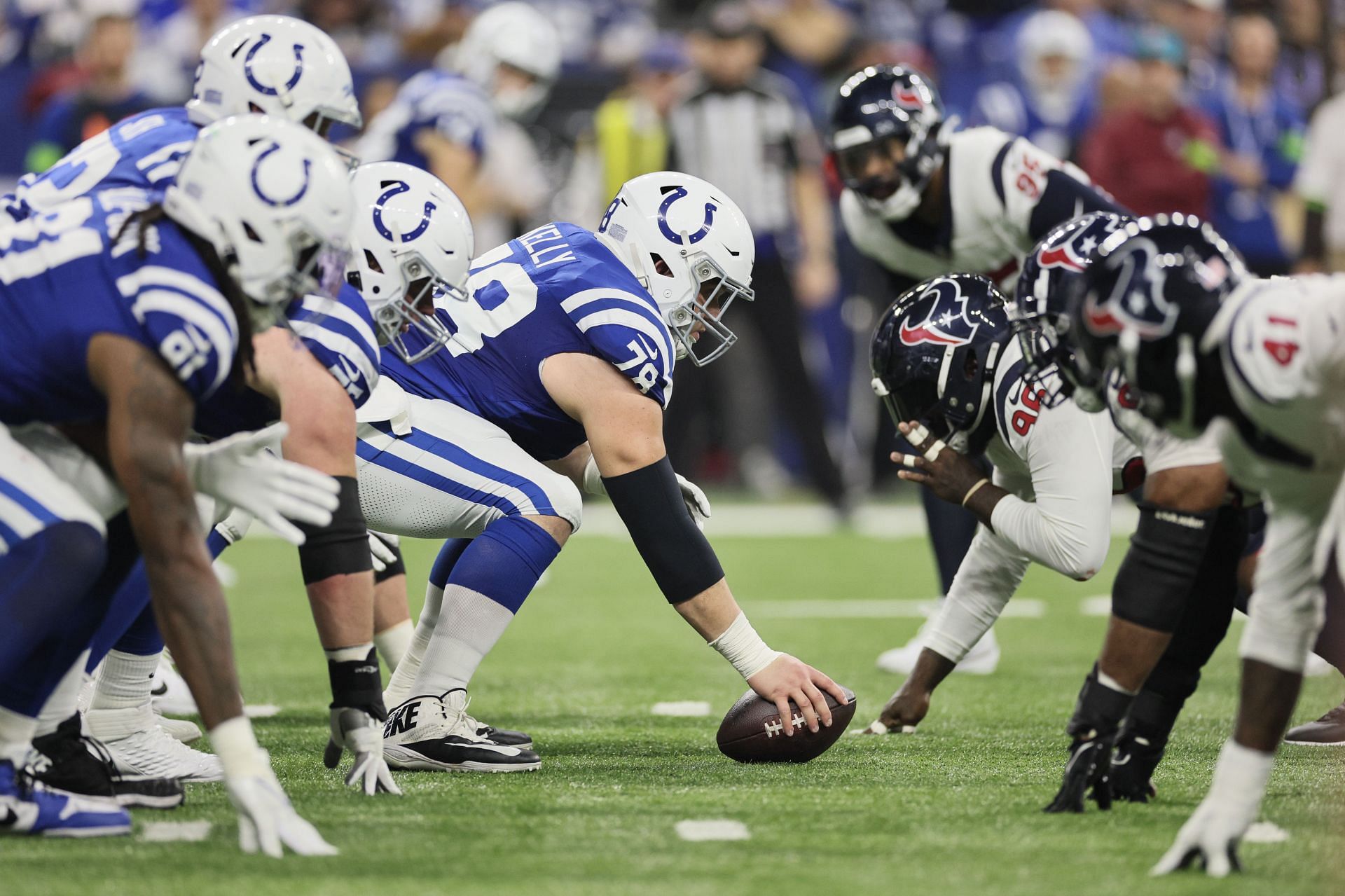
One burning question for each AFC South team ahead of the 2024 season: Texans, Colts, Jaguars & Titans in focus
In this series across the NFL, we're moving along division by division, trying to answer one pivotal question for each team and we have arrived at the AFC South. With the Houston Texans on the rise and each team fancying themselves as in the mix for division, the South sees some very interesting dynamics in 2024.
One burning question for each AFC South team
#1, Houston Texans
How might they adapt their coverage structures defensively?
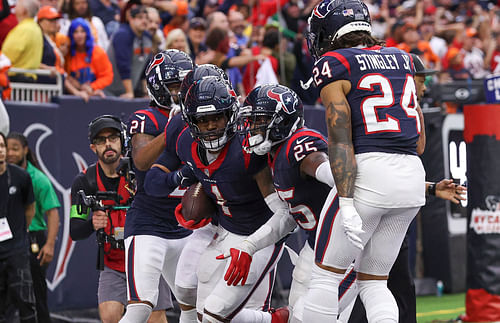
This one is more about the nitty-gritty of the situation and some of the context clues with the players this team brought in this offseason. Whether Stefon Diggs can get in line as part of a talented group of wide receivers, what adaptations will we see in the run game, and if the offense can take another step with C.J. Stroud pulling the trigger are questions this offense will need to answer.
That’s what people are generally more interested in, because of how spectacular the rookie season of this quarterback was. However, let’s not ignore what head coach DeMeco Ryans, defensive coordinator Matt Burke and company did with this defense, which just based on scoring, improved from 27th to 11th across the league (at a modest 20.8 points per game).
They basically swapped Jonathan Greenard for Danielle Hunter coming off the edge and replaced linebacker Blake Cashman with former Titan Azeez Al-Shaair. But it’s who they prioritize on the back end in this past draft that has me taking note.
After trading back from the first to the second round with Minnesota about a month-and-a-half prior to that event, they spent two of their first three selections on Georgia cornerback Kamari Lassiter and USC safety Calen Bullock. What those additions would indicate is wanting to go to more cover-one and single-high structures generally.
Lassiter was one of the elite boundary corners in college football over the last two seasons, while Bullock’s calling cards were his range to play the high post especially and the ball-hawking skills. Looking at the coverage numbers from last season however, they were near the top of the league in terms of combined usage of cover four and six, while being below-average in both cover one and three.
Part of that certainly was connected to the shift we saw DeMeco Ryans make towards the end of his tenure in San Francisco. Additionally, the type of corners outside of Derek Stingley Jr. and both starting safeties, Jalen Pitre and Jimmie Ward, have extensive experience in the slot and are better suited for split-field looks. How early do we see the rookies and will we see a shift in terms of philosophy in that regard?
#2, Indianapolis Colts
Does Anthony Richardson have enough live reps to be a true superstar in year two?
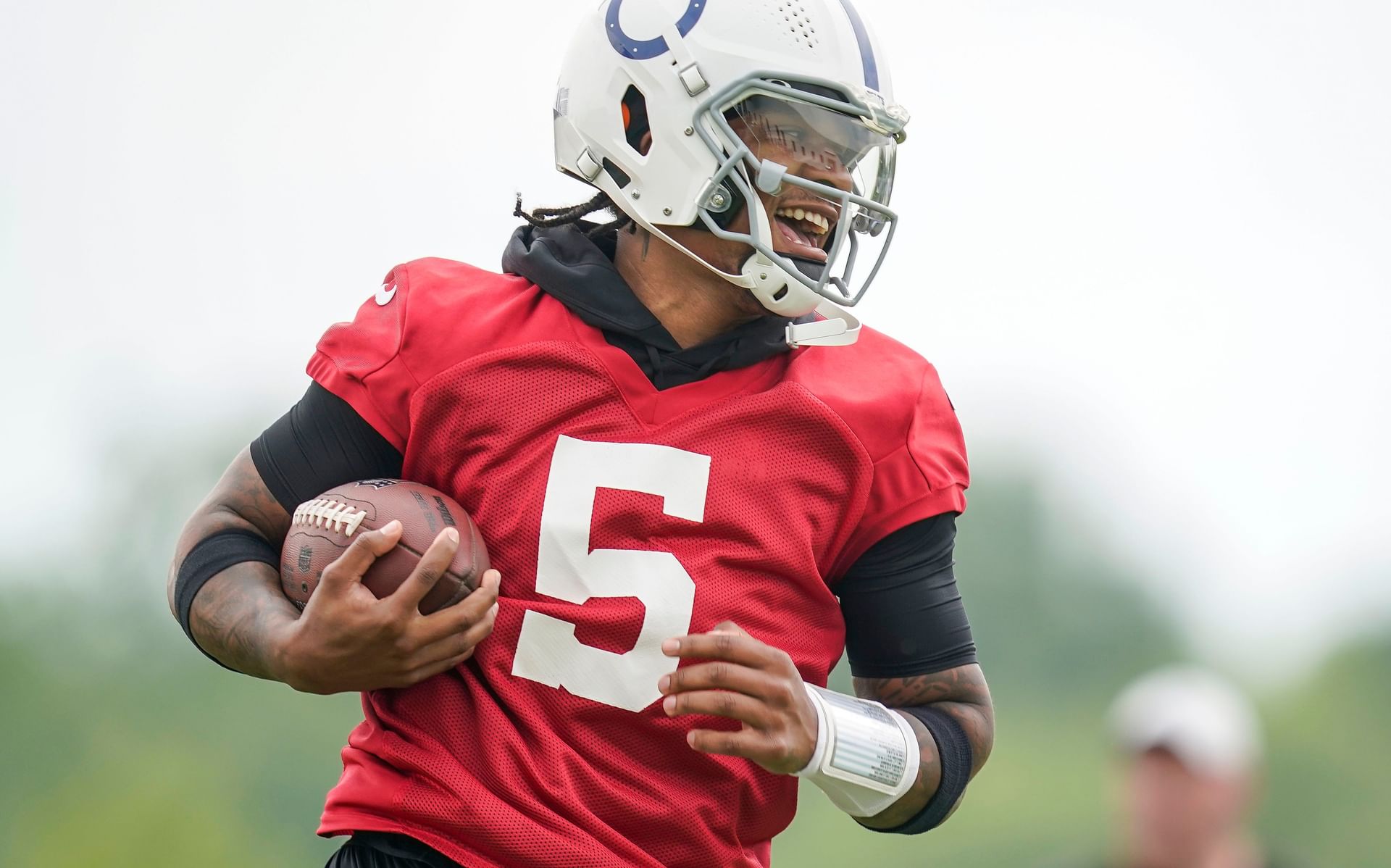
When I evaluated the quarterbacks for last year’s draft, I thought the guy that was mischaracterized throughout that process was Anthony Richardson. Calling him a “raw project” considering some of the high-end stuff he showed in terms of pocket navigation, moving defenders with his eyes and just in general feel for the game, always felt wrong to me.
The term I preferred to describe him was “inexperienced,” since he did only start 14 games altogether at Florida. Also, that was the speed at which he’d identify coverage rotations and find answers to the test that wasn’t quite up to par with Stroud or Bryce Young for that matter.
Only getting one month of NFL action – and not even finishing two of those four games – before suffering a season-ending shoulder injury, certainly didn’t help in that regard. Nevertheless, what he did show during that limited amount of time was pretty spectacular.
The decision-making and accuracy weren’t perfectly clean by any means. But if you go back to the Rams game from week four in particular, the way he was able to deal with constant pressure and deliver big-time throws with Aaron Donald literally in his lap, is something that was burnt in my brain.
Of course, some of the designed run plays drawn up by head coach Shane Steichen and what he could provide on those, keeping the ball around the corner, was stuff for the highlight reel as well. Speeding up his mental processing will be key for AR-15 to become a star sophomore, but the group around him is really coming together now as well.
Having Jonathan Taylor behind/next to the dynamic dual-threat QB will make the rushing attack that much more potent and second-round pick Adonai Mitchell from Texas is a pristine route-runner for a rookie. Additionally, this O-line re-emerged as one of the top units across the league as last season went along. I think he has the potential to be a dark-horse MVP candidate.
#3, Jacksonville Jaguars
Can the offensive line take a collective step forward?
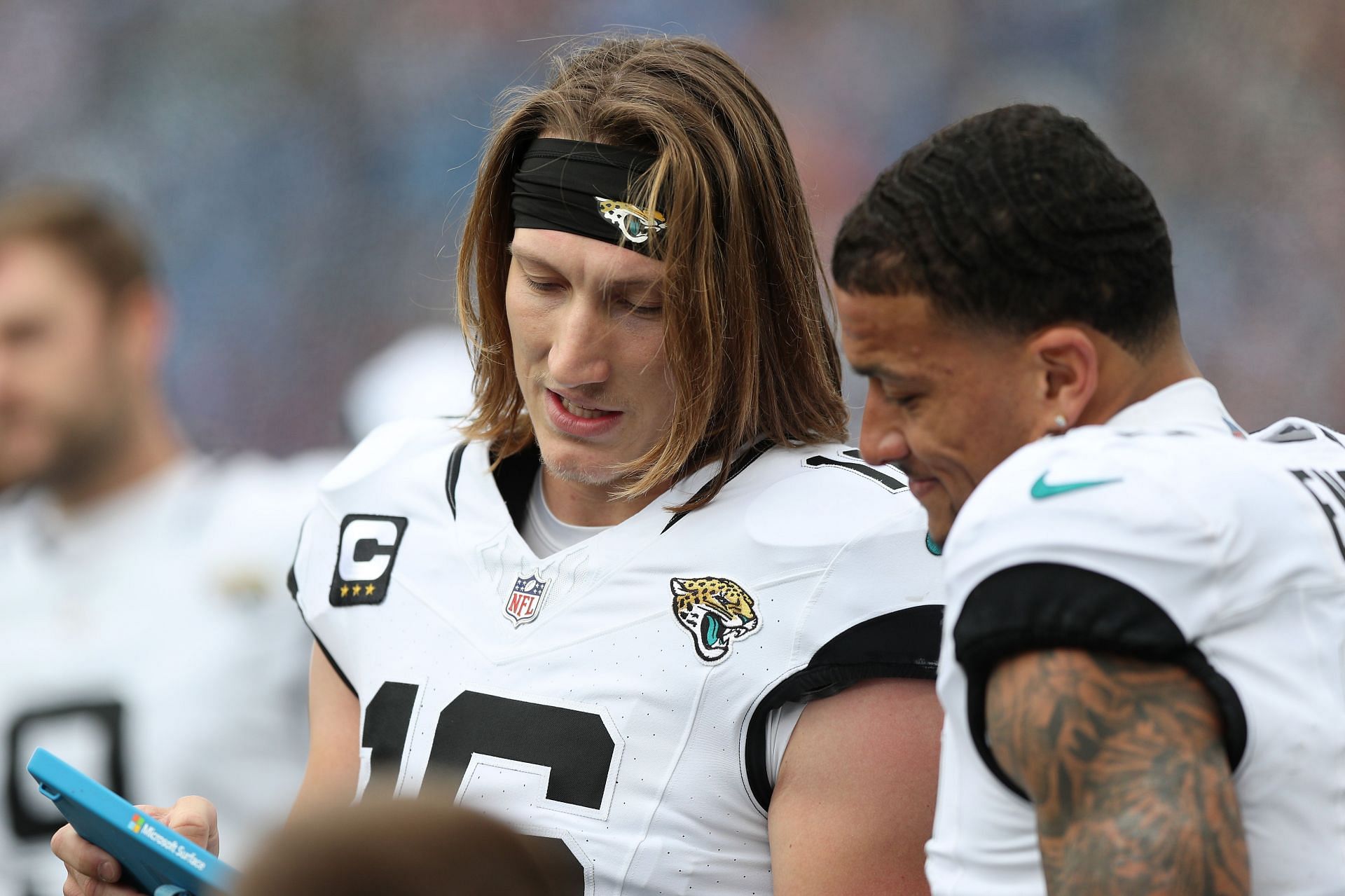
A lot went wrong for the Jaguars following their 8-3 start this past year, losing five of the final six games and taking themselves out of the race for the AFC South (which seemed pre-determined pretty much before they started their slump).
The defense, outside of edge rusher Josh Allen, wasn’t able to maintain the early success we saw from them and their run game was sort of boom-or-bust. Meanwhile, Trevor Lawrence and his wide receivers didn’t always seem to be on the same page and the quarterback himself probably was hindered more by the bruises he was working through than the public is aware of.
Having said all of that, the true core of their problems was the offensive line. As a unit, they finished outside the top 20 in both run and pass blocking grades by Pro Football Focus. Part of that was left tackle Cam Robinson only playing in nine games. Center Luke Fortner took a significant step back in year two and Ezra Cleveland – who they traded for at the deadline – didn’t make the impact they were hoping for (finishing with the worst PFF grade of his four-year career).
Maybe more importantly, however, the run and pass game felt pretty segmented and because of their issues in protection, they relied heavily on a transparent, unimaginative quick game or the occasionally deep shot outside the numbers.
Looking at this offseason, while they’ve largely overhauled the wide receiver room, they surprisingly re-signed Cleveland and then picked up center Mitch Morse, who had recently been released by the Bills. The latter should provide some stability at the pivot, even if I don’t love punting on a young player with positive signs in Fortner.
There’s a lot depending on if Anton Harrison can take a step forward in his second season at right tackle and what they provide as a unit overall, which dictates what they can even do from a design perspective.
#4, Tennessee Titans
Is this a one-year evaluation window for Will Levis?
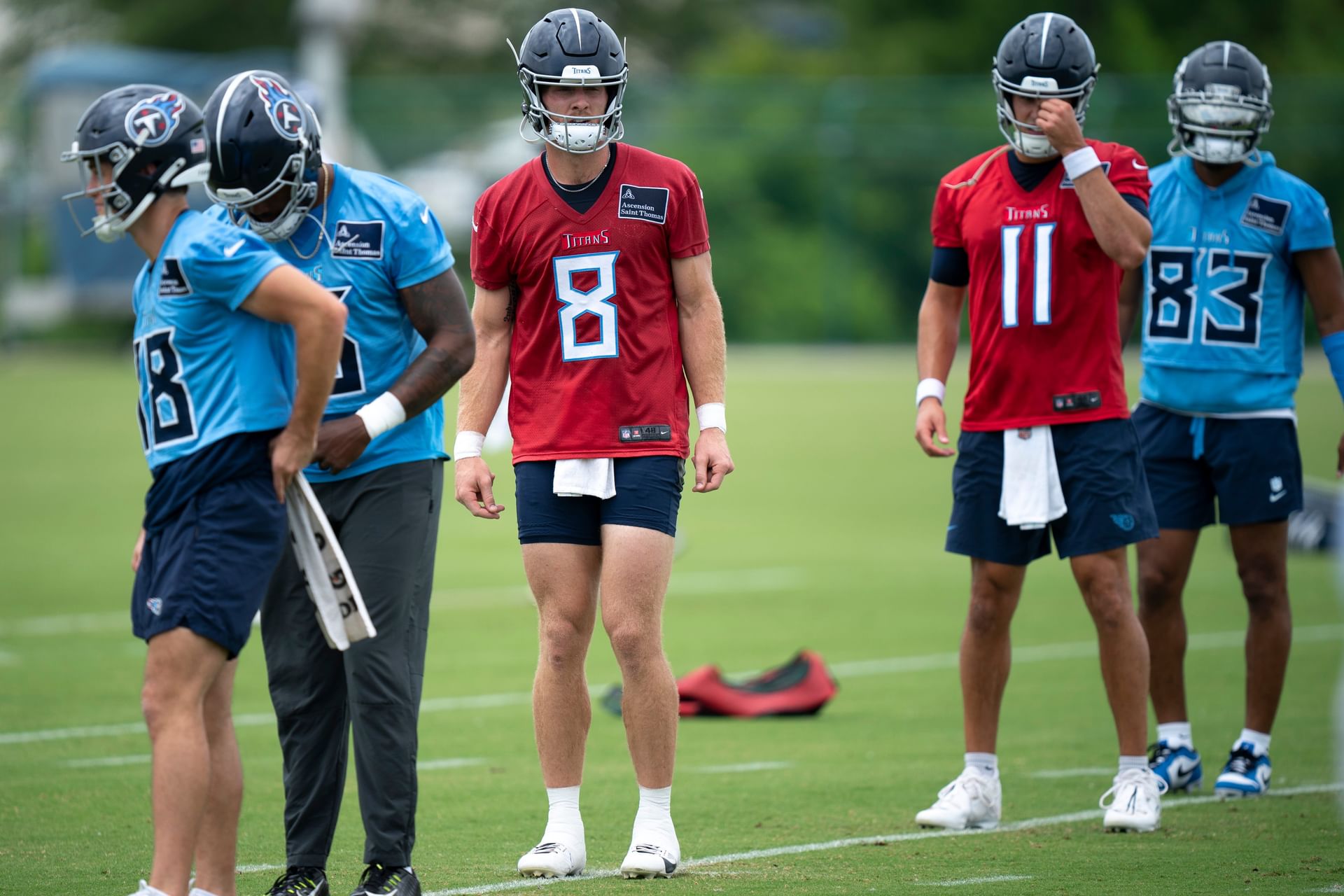
This is more of a long-term question than about 2024 alone potentially, but really this is the main point to figure out about this franchise, as we look at the signs they’ve shown us this offseason.
At a period where many thought it was time for the Titans to take a step back and take a slower approach to rebuilding this roster, they instead decided to go in heavy on this rookie quarterback window with Will Levis.
Factor in the change at head coach from Mike Vrabel to Brian Callahan and general manager Ran Carthon now having full control of the roster, after seemingly having won that power struggle with the former.
They did allow one of the dominant running backs of this era in Derrick Henry to walk after eight years in Tennessee but replaced him at a very similar price point with Tony Pollard. They won the bidding war for wide receiver Calvin Ridley and when cornerback L’Jarius Sneed became available in a trade, they handed him the fourth-most guaranteed money of anybody at the position.
They also signed former Broncos center Lloyd Cushenberry on a four-year, 50-million-dollar deal and handed out lower-level deals to Tyler Boyd and Daniel Brunskill on offense, along with drafting Alabama’s J.C. Latham seventh overall (who they’re supposedly moving over to left tackle).
There’s a lot of reason for optimism that Bill Callahan can turn around this O-line with those added pieces and in how they’ve constructed this receiving corp. What will now determine if this was a viable strategy, so they can be a respectable offense and some of these contracts don’t become roadblocks later on is the development of Levis in his second season.
In terms of arm strength, not needing the cleanest platforms and being one super-competitive son of a gun, there’s a lot to like about what he showed as a rookie. But in terms of winning from the shoulders up and delivering passes with more variety in terms of trajectory and touch, he still has plenty to prove. So if things don’t work out and they own a top-five pick next year, they may look at this as a ready-made situation to throw in another rookie – which seems foolish.